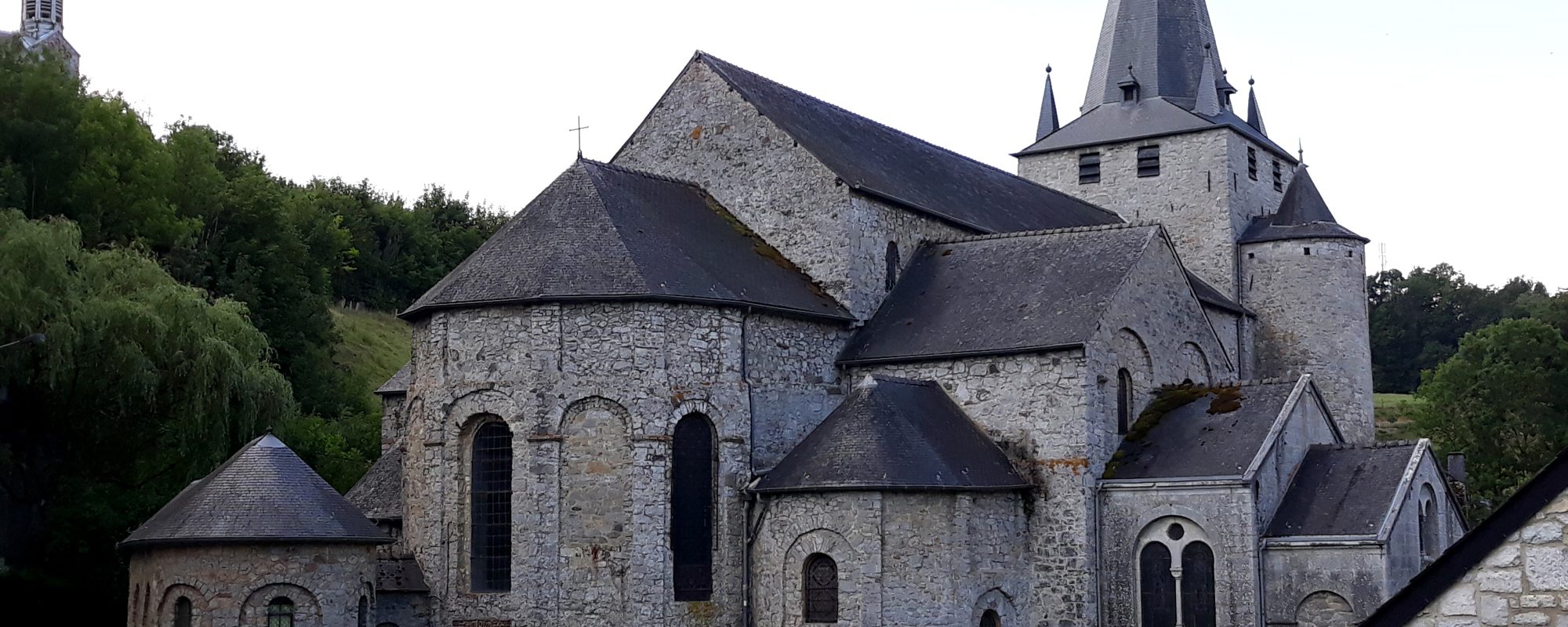
A pivotal part of historical community life, discover the religious heritage that unites our Beautiful Villages.
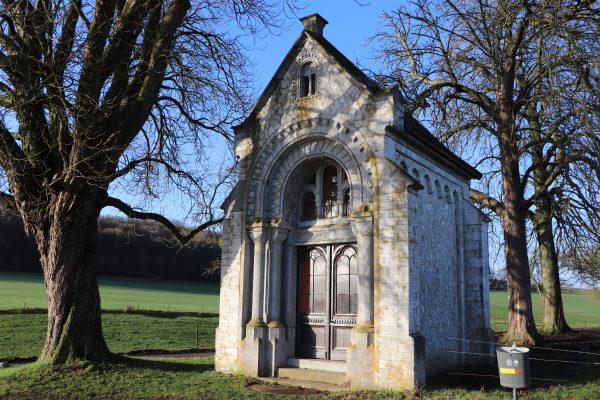
'Neo-Roman' chapel bordering the south-eastern entrance to the village of Falaën.
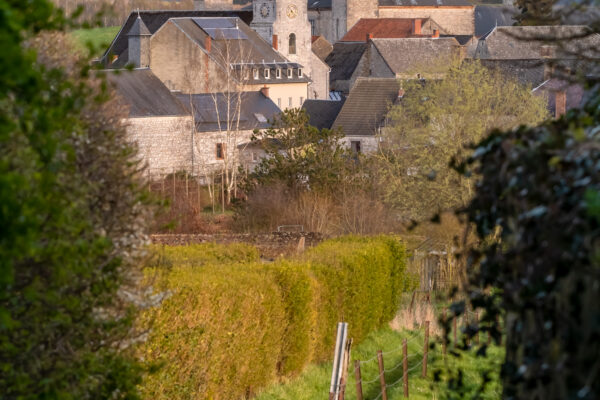
Située au cœur du village, l’église dédiée à saint Léger et édifiée en pierre calcaire a connu, au cours du temps, de nombreuses modifications.
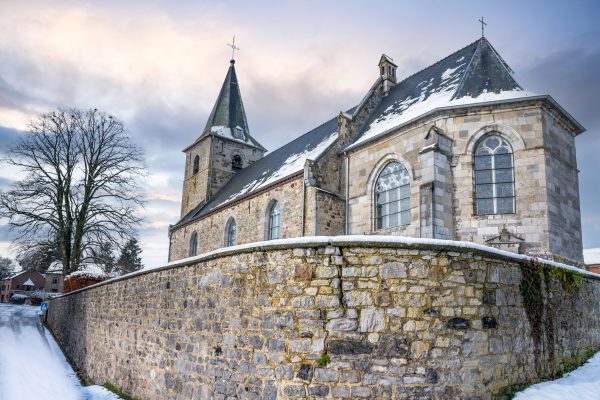
A blend of Romanesque and Gothic for this church which boasts authentic Baroque stalls similar to those in Cockayne Church in England - a listed monument.

In the enclosure formed by the church and the cemetery, this well-to-do residence stands out in the village thanks to its dominant position, its classical style and the perfect symmetry of its façade.

A Cistercian abbey whose origins date back to 1216 - Exceptional heritage of Wallonia (Outside the village).
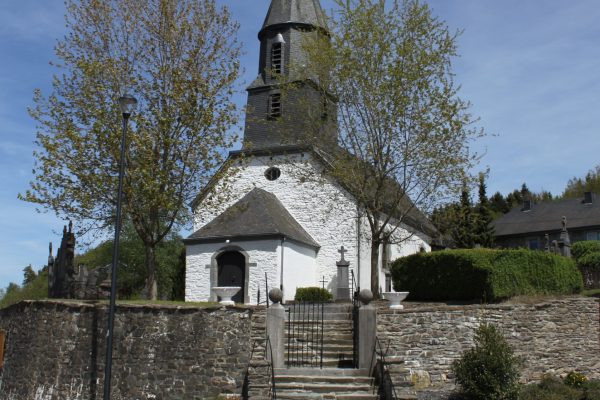
Characteristic of a secular model, and set on the large walled base of the cemetery, the Saint-Laurent church has dominated the village since 1820 - Listed monument
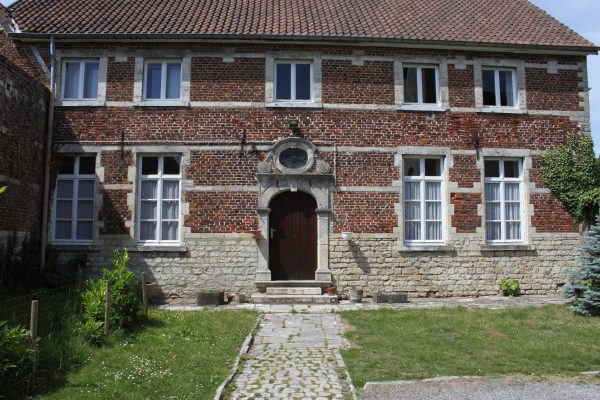
A former vicarage dating from 1729, with an elegant volume skilfully enlivened by details in Gobertange stone.
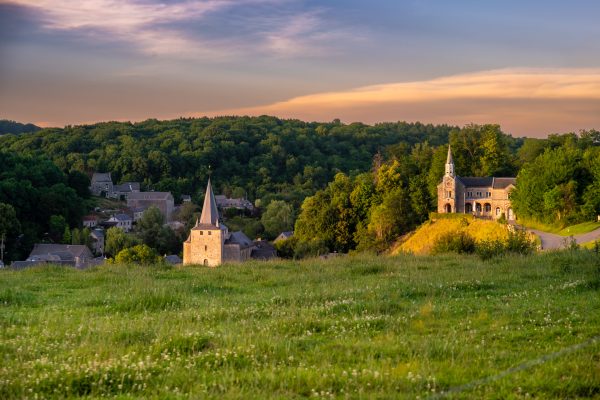
A 19th century neo-Romanesque building as a promontory above the village of Celles.
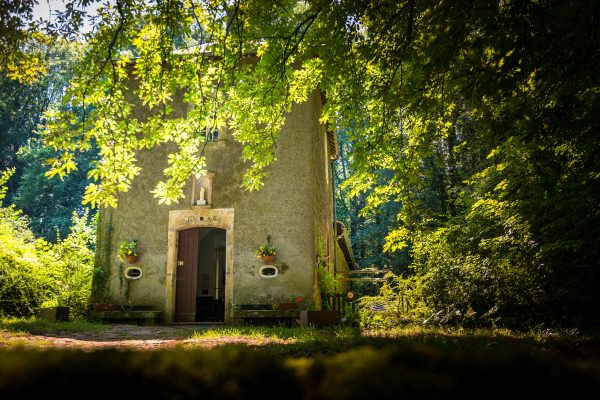
A chapel built in the aftermath of the plague epidemic of 1636 - Listed monument.
The association Les Plus Beaux Villages de Wallonie (The Most Beautiful Villages of Wallonia) oversees a network of 32 villages, bearers of a strong territorial identity and reflecting traditional architecture. It is committed to promoting the rural, cultural and natural heritage of Wallonia and is a part of the development of local and responsible tourism.
More information